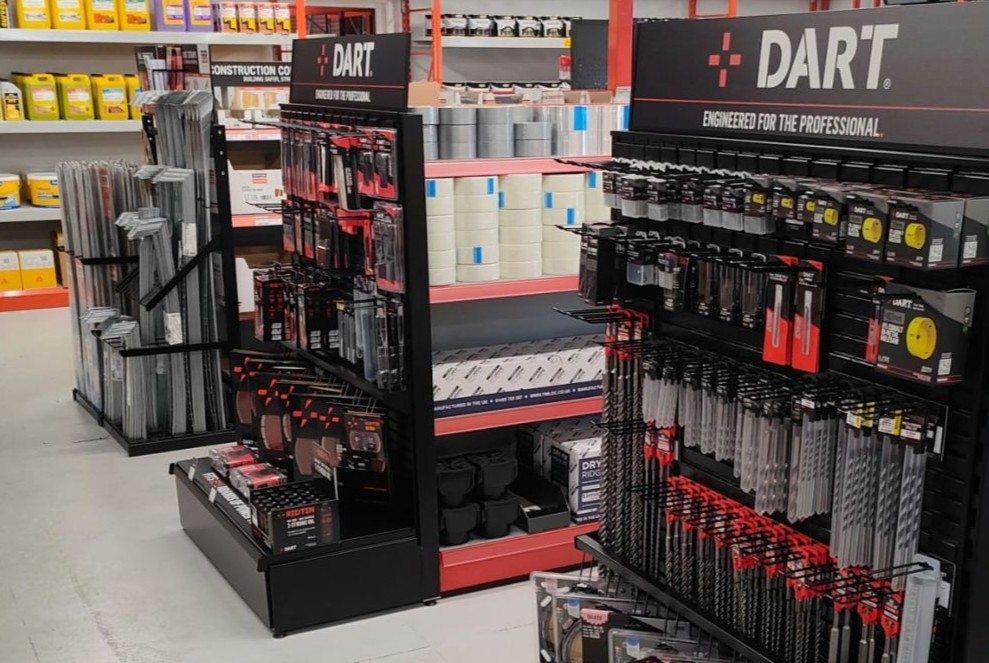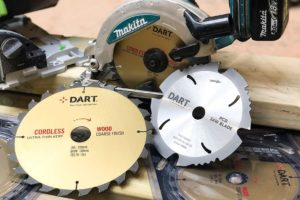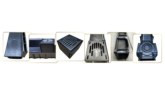
DART Tool Group declares it has identified a common challenge in the builders’ merchant sector, stating that “customer loyalty isn’t the issue — basket size is.” Business Development Director Keith Johnston shares the simple strategies that will help merchants maximise sales.
While tradespeople visit regularly, many split their purchases across multiple stores, buying core materials like timber in one location and heading elsewhere for fixings, adhesives or accessories. This revenue leakage often comes down to disconnected merchandising. When related products are hidden, poorly signposted, or placed out of flow, merchants miss easy add-on sales, and customers face unnecessary inconvenience.
The result? Margins quietly erode, and valuable spend drifts into the hands of competitors.
To help merchants turn missed opportunities into measurable growth, these four practical strategies for building more connected, customer-focused merchandising will help stockists drive basket size and customer convenience:
1: Create frictionless flows between core and complementary items
Expanding sales starts with guiding the customer naturally through related products. Every buying journey starts with intent, but the best store layouts are designed to expand that intent into a bigger basket. Tradespeople often enter for one product, but with the right layout, they leave with more.
Keith says: “Accessories, fixings, and consumables should always be positioned close to their related core lines. This makes cross-selling effortless and natural. Proximity drives purchase, and that extra convenience means customers are less likely to go elsewhere.”
2: Use data to spot split baskets
Understanding customer behaviour is key to closing gaps in sales. Gut instinct is useful, but numbers tell the real story of where sales are being lost. For example, sales data can quickly reveal when customers buy core products without the likely add-ons, such as timber without screws or adhesive without applicators.
“Identifying these gaps gives merchants the insight to reposition stock, bundle products or adjust promotions,” explained Keith. “It’s about making sure every visit meets the customer’s complete need, not just part of it.”
3: Improve in-store wayfinding
Easy navigation keeps customers shopping longer and increases the likelihood of add-on purchases, but even the best-stocked store will lose sales if customers can’t navigate it with ease. If customers can’t find what they need quickly, they’ll abandon the search or shop with a competitor.
“Clear signage, logical category grouping and intuitive layout design are essential,” Keith advised. “A smooth in-store journey not only keeps customers in your store longer, it increases the chance they’ll buy more.”
4: Make every aisle a sales opportunity
Every section of a store is a chance to drive incremental revenue and influence buying decisions when used strategically. Too often high-margin add-ons are hidden in low-traffic areas.
Keith noted: “Bringing profitable accessories into high-visibility spaces, like entrances, tills or alongside bestsellers, turns dead space into active revenue. Every aisle, display, and counter should be a selling zone.”
Keith concludes: “Merchants can grow not just by attracting new customers, but by ensuring existing customers can find and purchase everything they need in one place. Strategic merchandising makes shopping more convenient, encourages customers to spend more in-store, and builds lasting loyalty.”
Click here for more from DART Tool Group about optimising store layouts for sales growth.
Further strengthening the company’s stated focus on data-driven decision-making and customer-first innovation, DART Tool Group has announced the appointment of Oksana Litvinova as its new Data Analyst.
With over 12 years of experience translating data into actionable insights, Oksana brings a wealth of expertise in analysing, cleaning, and visualising complex datasets to drive meaningful business impact. In her new role, she will be responsible for building dashboards, forecasting and mapping data to deliver insights that accelerate performance.
Commenting on her appointment, Oksana said: “I’m thrilled to be joining DART at such an exciting stage in its journey. Across my experience with both international organisations and local teams, I’ve seen first-hand how robust data processes can drive progress and deliver tangible results.
“When I first entered the industry, analytics was largely backward-looking, focused on reporting what had already happened. Today, it has evolved into a far more dynamic function, using prediction and automation to guide decisions before they occur.”
Oksana added: “What sets DART apart is its commitment to treating data as a true driver of innovation, rather than just back-office reporting. I’m eager to build on my experience and continue developing my skills while ensuring our work delivers real value for colleagues and customers alike.
“By taking this forward-looking approach, we will help businesses anticipate change, act with agility, and unlock smarter growth for the future.”












